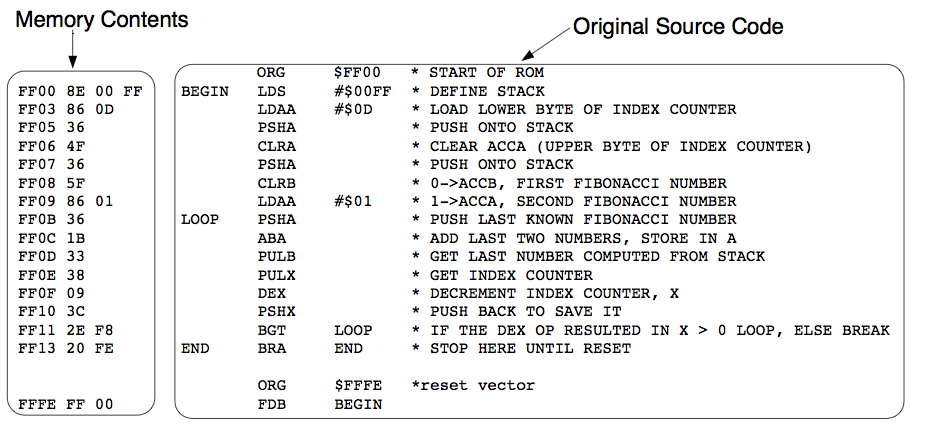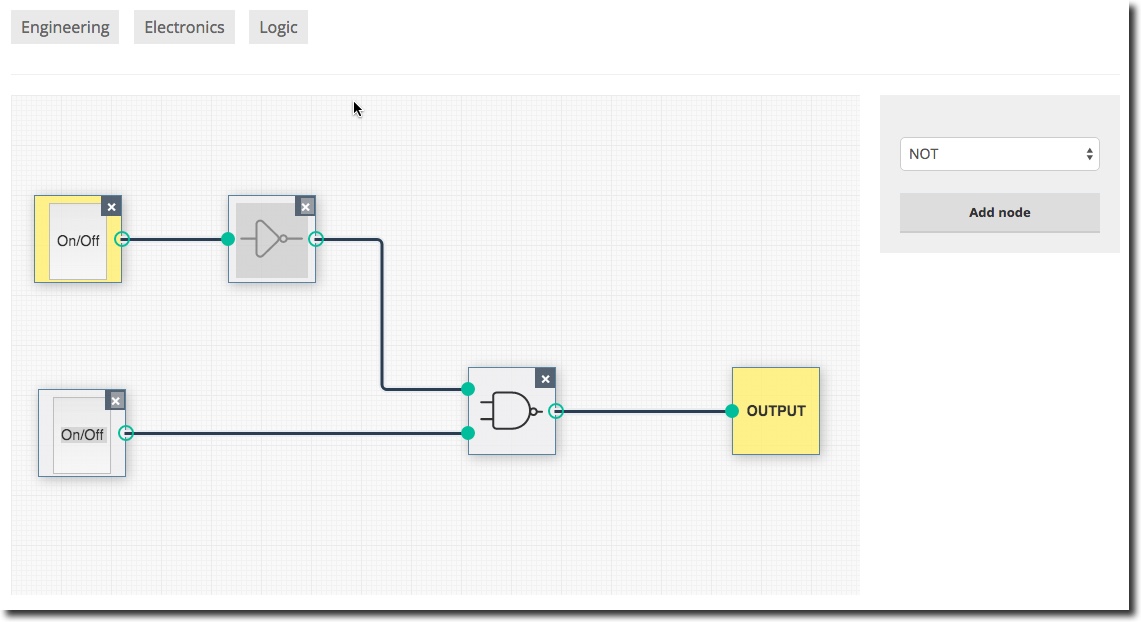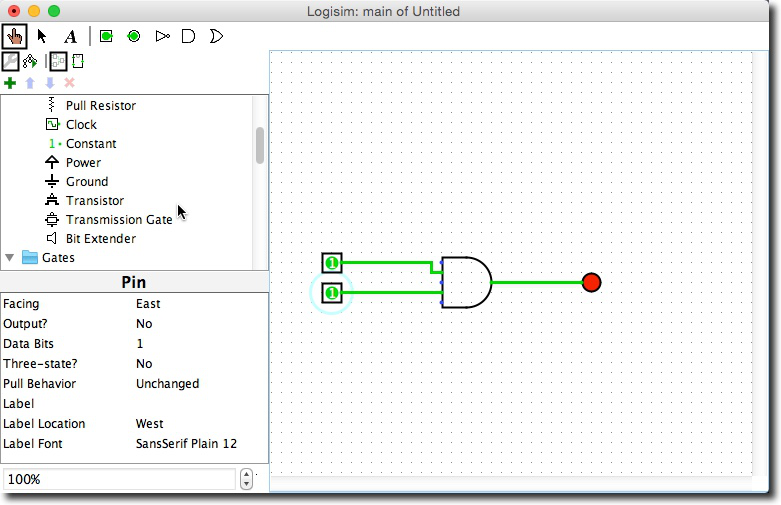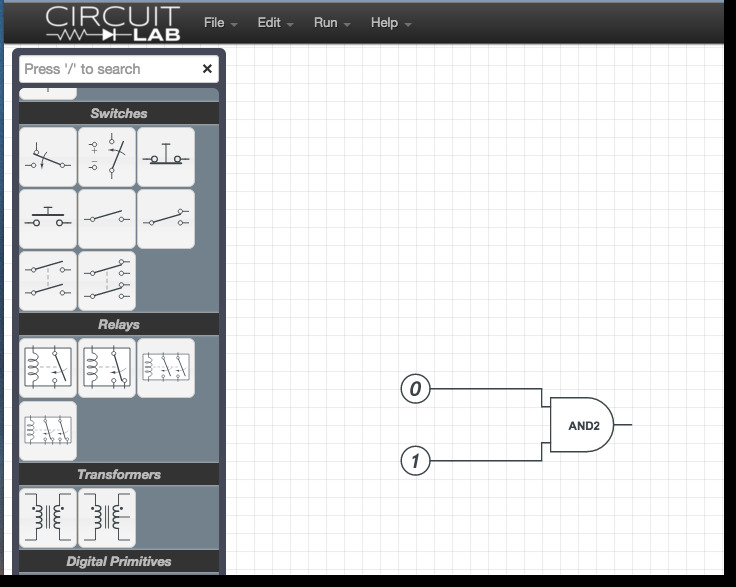|
|
| Line 282: |
Line 282: |
| | | | | | |
| | *Read the [[Media:6811Manual.pdf |6811 Manual ]] for this week. | | *Read the [[Media:6811Manual.pdf |6811 Manual ]] for this week. |
| − | *[http://cs.smith.edu/~dthiebaut/classes/231_0708/crashcourse/ Crash course] on Assembly Language
| |
| | | | |
| | |} | | |} |
Revision as of 08:34, 19 March 2016
--D. Thiebaut (talk) 11:18, 26 August 2015 (EDT)
Main Page | Resources | Piazza
...
| Topics: Introduction, Boolean Functions, First Lab.
|
Lab/Hw
|
Reading
|
|
|
- Read Chapter 1 in Mano. This should be a review for everybody. If it is not, make sure you spend time learning this material. It is essential knowledge for every computer-scientist!
- Start Reading Chapter 2 in Mano. We will cover its contents this week and part of next week.
|
| Topics: Maxterms, Nand, Nor, Karnaugh Maps, Decoders.
|
Lab/Hw
|
Reading
|
- MaxTerms
- Nands & Nors
- Karnaugh Maps
- Intro. to Decoders
- Class Notes
|
|
- Read Chapter 3 in Mano. Skip Section 3.5 for right now. Also skip 3.4, 3.7, and 3.9.
|
| Topics: Transistors, Java/Python simulation, Karnaugh Maps.
|
Lab/Hw
|
Reading
|
- Introduction to Electronics
- Ohm's Law
- Electronic Circuits
- Resistors, Diodes, & Transistors
- Simple TTL Circuits
- Class Notes
|
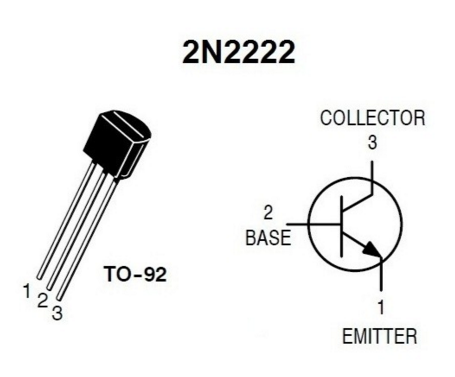
|
|
|
- There isn't anything on basic electronics in Mano. You will have to rely on the Web for second source material. The 101science.com site has some good coverage of electricity and electronics, if you want to review what we do in class, or learn more.
|
| Topics: Flipflops, oscilloscope
|
Lab/Hw
|
Reading
|
-
-
 
|
|
- Decoders and Multiplexers are covered in Sections 4.9 and 4.11 in Mano.
- The flipflops (latches) are covered in Sections 5.1 to 5.4 of Mano. You can stop at the JK flipflop (not covered this week).
|
| Topics: Finite State Machines, Moore, Mealy, Python simulator
|
Lab/Hw
|
Reading
|
|
|
- The flipflops (latches) are covered in Sections 5.1 to 5.4 of Mano. You can stop at the JK flipflop (not covered this week).
|
| Topics: JK Flipflop
|
Lab/Hw
|
Reading
|
- Sequencers with input signals
- Python simulator
- JK Flipflop
- JK sequencers without external signals
- JK sequencers with external signals
|
|
- Read Chapter 5, starting with the Other Flip-flops on Page 200.
|
| Topics: ROM-based sequencers
|
Lab/Hw
|
Reading
|
- Continuation of JK flip-flops and Moore sequencers
- Rom-based sequencers
- Midterm Exam
- Class Notes
|
- No homework or lab reports this week... Just a midterm
|
- Good reading in Mano: Section 6.3 on particular sequential circuits made with flip-flops. Of interest: registers, counters, and shift registers. This section will NOT be on the midterm, but it's good reading nonetheless...
|
| Topics: Introduction to the 6811 Microprocessor. 6800 assembly.
|
Lab/Hw
|
Reading
|
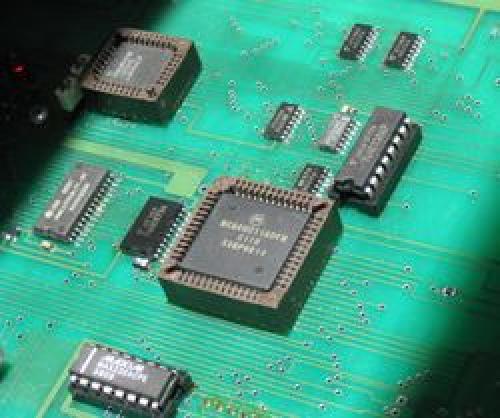 - The 6811 Processor: references
- The official Motorola 68HC11A8 Data Sheet. Fairly cryptic...
- A Motorola 6811 Manual. It is a nicely written refresher on many concepts of assembly language applied to the 6811.
- Check Section 3.2 on addressing modes (inherent, direct, extended, indexed, relative).
- Get a refresher for the different instruction types (arithmetic, shifts, control, etc) in Section 3.4.
- The condition code register is covered in Section 3.5. Skip Section 4.
- M68HC11 Technical Reference, from Motorola.
- Section 6.5 shows the instructions in logical groups.
- M68HC11 Pocket Reference.
- Very useful, on Page 15, a list of all the opcodes supported by the 6811, in numerical (hex) order.
- 68HC11A8 Technical Reference: a hardware & engineering description. of the 6811, its ports, and how it operates.
- See Section 10 for a cycle-by-cycle description of the execution of each instruction.
- See Appendix A, Figure A-14 for the timing diagram of a typical (multiplexed expansion) memory access.
- 6811 Instruction Set, with hexadecimal opcodes. A reverse map, from hex to instructions can be found here.
- 2-Page List of all the 6811 Instructions
- Software for the 6811
- Concentration on Assembly Language
- Listing format
- opcodes, mnemonics, directives, columnar format
- The instructions
- Addressing Modes: inherent, immediate, direct, extended, indexed, relative
|
|
|
| Topics: 6811 disassembly, Addressing modes, bus timing
|
Lab/Hw
|
Reading
|
- Disassembling code
- Addressing modes
- 6811 Address, Data, and Control busses
- Timing of the busses
- Condition code: HINZVC
- Using an oscilloscope
|
|
|
| Topics: Condition codes, displacement computation
|
Lab/Hw
|
Reading
|
- Condition codes
- Computing the displacement of instructions in hex
|
|
|
| Topics: Memory-Mappe I/O, Input Port
|
Lab/Hw
|
Reading
|
- Memory-Mapped I/O
- Designing an Input Port
- Hardware + Software Driver = Port
|
|
|
| Topics: Output Port
|
Lab/Hw
|
Reading
|
- Designing an Output Port
- Memory-Mapped vs. Dedicated I/O
|
|
|
| Topics: The Arduino Microcrontroller
|
Lab/Hw
|
Reading
|
- Introduction to the Arduino
- Programming in C
|
|
|
| Topics: Arduino and custom I/O Devices
|
Lab/Hw
|
Reading
|
- Adding I/O Devices & Sensors to the Arduino.
|
|
|
Resources & Misc. Information
Textbooks
- Mano, Digital Design, 5th Edition. Check the resource section on Moodle for more information.
Logic-Circuit Editors
Data Sheets
If you need to refer to the data sheets of various chips during the lab, you can click on any of the links below:
If the datasheets haven't been printed yet, print a set from these links: 74LS00
74LS01
74LS02
74LS03
74LS04
74LS05
74LS08
74LS09
74LS10
74LS12
74LS13
74LS15
74LS20
74LS21
74LS22
74LS26
74LS27
74LS28
74LS30
74LS32
74LS33
74LS37
74LS38
74LS40
74LS42
74LS47
74LS48
74LS51
74LS54
74LS55
74LS74
74LS75
74LS76
74LS83
74LS85
74LS86
74LS90
74LS9
74LS13
74HCT24
74LS24
74HCT24
74LS25
74HCT54.
Lab Reports
...
Programming Examples


